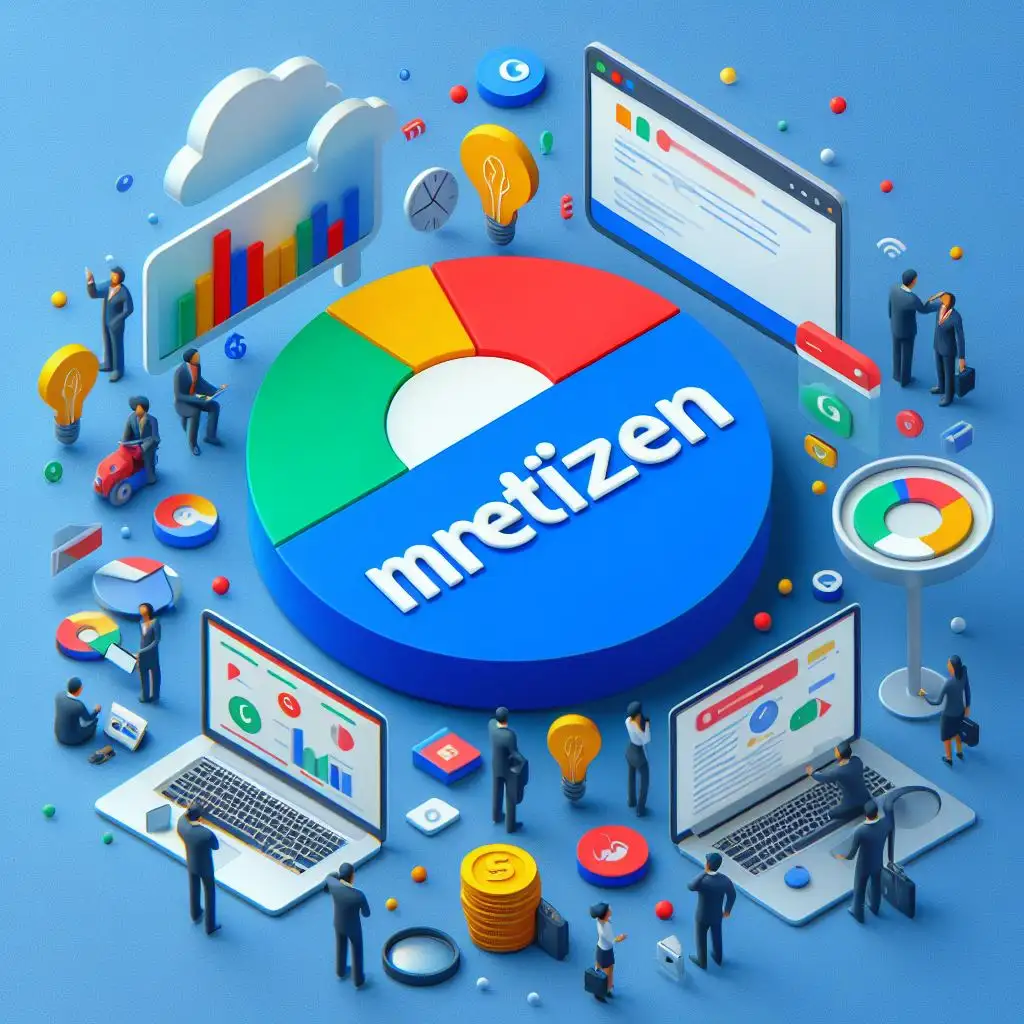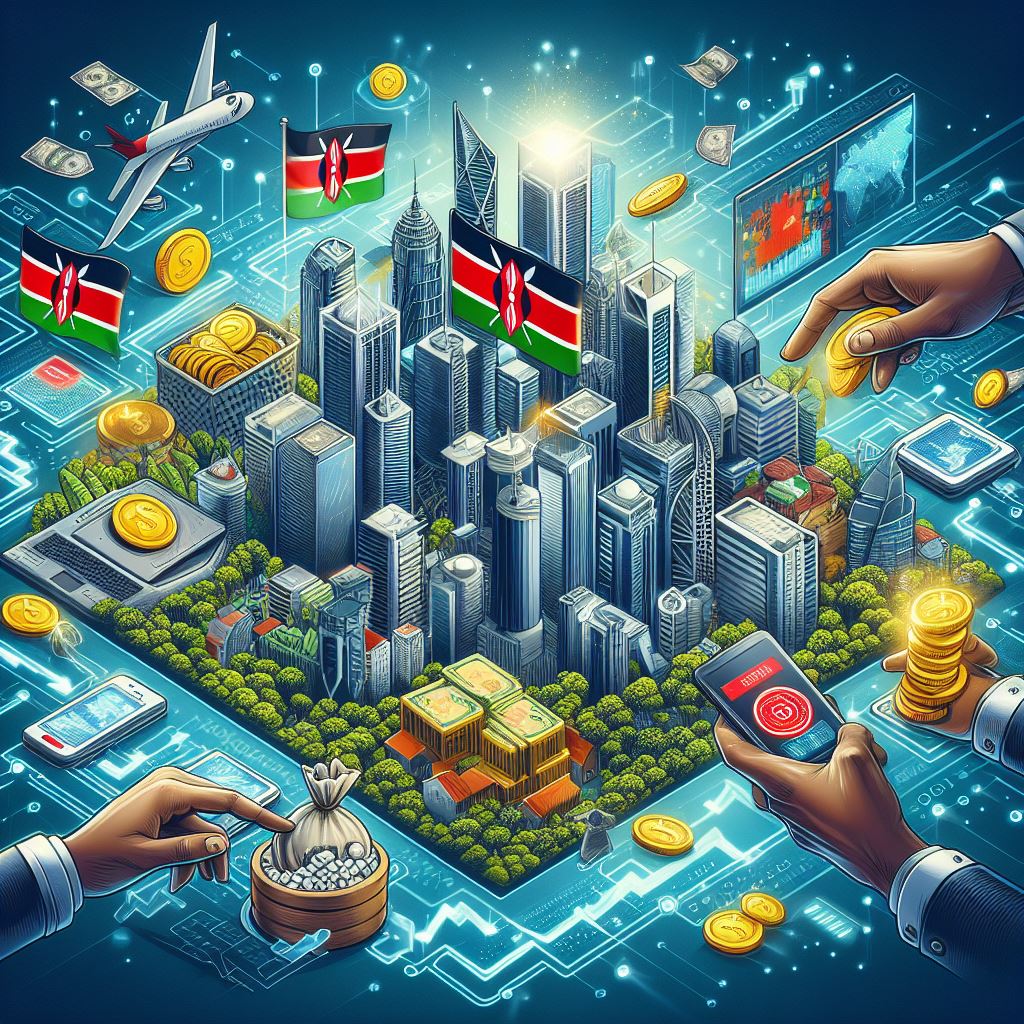Explore how to build a resilient organization in the digital age through strategic digital transformation, enhanced agility, robust cyber security, and visionary leadership. This comprehensive guide offers actionable insights to help organizations thrive amidst technological disruption, ensuring long-term success in an ever-evolving digital landscape.
Introduction
The digital era has introduced tremendous changes in the environment where organisations compete and conduct their business. The topics of machine learning and artificial intelligence, blockchain, as well as the sharing economy, have not only designed new trends in work ideas in customer relations and data storage and processing, but have also become transformative paradigms of business development. And with the new trends emerging faster and faster, organizations that don’t adapt, stagnate. Resilience has never been more important as it provides a framework for enabling organisations to both deal with the novel challenges that digital disruption creates and capture new opportunities. This kind of resilience is not about merely managing one’s organization through the phenomenon we call as the ‘new normal’ of the digital age, but leveraging on the possibilities that come with the new normal through the control of certain technologies and strategies as levers for creating new possibilities, greater flexibility and sustained performance.
1. Embracing Digital Transformation
Understanding Digital Trends
Today, appreciating and even predetermining future trends is a major key to organizational success. Technological environment is ever-changing with the new technologies, tools, platforms, and methodologies entering the strategic scene at a very high speed. It is essential for organizations to consider them as ongoing processes to track and evaluate these trends and determine which trend is relevant to the organizations’ strategic plan and may have extensive influence. These are trends that if an organization does not have to understand, they can be a disadvantage in the market and in decision making and investment decisions that ultimately would be detrimental to there operational capability.
Integrating Digital Tools
ICT solutions need to form the center of business activities to increase efficiency, encourage innovation and create more value for consumers. Services like cloud computing for exemple help to define scalable and flexible architectures and data analytics can give the tools to make the right choices. In addition, through other technologies, there are chances to reduce repeated and repetitive tasks and allowing human capital to be focused on higher value work. When implemented properly, most of these tools shall give the organization better and optimum ways of running its operations at lesser costs; thus providing ultimate value to customers. But, integration is not that easy it involves the adoption of technology with the business vision and goals and last but not the least the employees should be trained to extract the maximum out of the tools implemented in the organization.
Fostering a Culture of Continuous Learning
The flow of technological developments requires organization’s employees to be constantly learning. It is crucial to motivate and enable the personnel to obtain new competencies, especially the domain skills like data science and digital marketing and cyber security. Creating and maintaining such culture within the organisation can be done by offering training throughout the employees’ tenure, encouraging professional development and supporting the inclination towards curiosity and innovation. In this way, they are able to maintain their workforce as flexible with the ability to respond to new technologies and procedures. Also, concern with one’s training and development remains integral in staff attachment and improved performance because people feel appreciated and followed-up on.
2. Enhancing Organizational Agility
Building a Flexible Workforce
Nowadays agility is a key element of the organizational adaptability, and this is only possible if people are agile too. The skills that allow one to re-establish her teams, change people’s roles, and accept new types of cooperation and working structures like distant or the mixed working forms are crucial in the response to the high-speed business environment. Client organisations should consider cross-utilisation of staffs as well as promoting cross discipline integration and flexibility so that it can easily mobilise resources when faced with new concerns or when there are new opportunities. The flexibility of a workforce poses a strength because any work force acts as a melting point of different skills and ideas to serve an organization better. This way, developing a workforce that is flexible, organizations can sustain their competitive benefit in a continuously changing digital environment.
Streamlining Decision-Making Processes
This type of dexterity is not only a question of flexibility in terms of the employment of people but also a question of rapidity and the effectiveness of selected solutions. This is because in the current world that is characterized by high technology, an organization cannot afford to take long in making decisions. This calls for a clear and effective decision-making hierarchy that incorporate problem solving champions’ authority to enable top, middle and lower labour force to deliberate and make decisions independently. E-relationships not only reduced bureaucracy but also foster the culture that makes the increased responsiveness to the market perturbations, customers demands, and technologies possible. Further, the use of analytic data and real-time information might help to advance fast decision-making, thus actions are being taken grounded on pertinent and up-to-date data.
Encouraging Experimentation and Innovation
The contemporary organisation that is thinking about becoming truly resilient must also create a culture that supports experimentation and innovation. This entails putting in place conditions under which the workers can experiment, think out of the box and even make mistakes without necessarily being punished. Ideas generating centres and experiments are the methods of implementing this culture into everyday organizational practice, which often involves trialing an idea at a minor scale to see its effect, before scaling it up. Moreover, one cannot overemphasize the part that leadership plays in endorsing creativity, procurement of resources, and championing the change. That is why experimentation must become an integrated practice of organizational life; this approach will help companies adapt, outcompete rivals, and find new ways of growth and prosperity.
3. Strengthening Cyber security and Data Privacy
Recognizing Cyber Threats
The acceleration of new information technologies has augmented the hazards of data cyber-security in the modern organizations. Cyber security has moved from being a technology problem area to a strategic business Today’s organizations have to take into account the vast spectrum of threats to their cyber security meaning ransomware, phishing, insiders, and data breaches to name a few. Potential threats that can be realized from computer-based systems are; Financial loss, Company reputation, Legal consequences. A resilient organization is one that not only recognises them but also works round the clock to prevent such risks from exploiting the organizations digital structures.
Implementing Robust Security Measures
Firstly, organizational resilience implies having a rich security system that is able to safeguard all the organizational information and support its functioning. This encompasses use of firewall, implementing encryption, use of authentication of at least two factors, as well as engaging in rigorous security checks periodically. Furthermore, organization should strongly adopt a plan which contains the measures to be followed in the case of a security breach so as to respond appropriately and fast. Management and training needs play an important role for the same reason human factor is often the biggest vulnerability. It is thus necessary to changing the organizational culture and training the employees to avoid cyber threats and attacks through the use of a security program that highlights numerous threats and teaches them how to handle them.
Ensuring Data Privacy Compliance
In the current world, matters concerning data privacy are of considerable concern especially between an organization and its clients. Laws including the GDPR and the CCPA have brought massive accountability measures on organizations and their data privacy practices, or face fines. Compliance to these regulations is very important in nurturing customer relation and to overcome legal consequences. There is therefore the need for organizations to provide an understanding of data governance procedures in regards to the collection, processing and sharing of information and data. Another important aspect of a privacy-oriented strategy is the clear and truthful communication with customers about the information management process as well as the requirement for the customer’s express permission to use his or her data. Not only organizations save themselves from the legal consequences, but they also invest in their audience and thus gain more trust and credibility.
4. Nurturing Leadership and Organizational Culture
Developing Resilient Leaders
Leadership is a critical component in the establishment of an organization that is economically secure. As the companies can be disrupted at any time, leaders have to be strong and be able to adapt themselves, be innovative, and lead their subordinates in this process. This involves a climate of understanding and perspective on the technological environment, not to mention the controls for specific risks and opportunities to embrace. Another way in which adaptability can be defined is in terms of ability of the leaders to provide purpose and direction within the organisations and teams that they lead during the periods of change and uncertainty. These leaders also have to be very decisive, this is especially because they need to make some of the most difficult decisions in the company fast, yet they must also be adaptable. These are the quality of leadership characteristics that must be fostered and developed so that leaders in the organization are ready to address challenges in the era of digitalization while contributing to the growth and development of the company continuously.
Promoting a Collaborative Culture
It is no secret that the digitalization of the world and the business environment means that the foundation of a strong company is based on cooperation. Organizational culture which embraces cooperation results in flattening of the organizations, encouraging knowledge exchange and hence more innovation. Teams are required to facilitate the free flow of information at the workplace and employees should be encouraged to contribute their opinion. This can be done though daily team meetings, working in conjunction with members of other departments, and implementing the use of technology for instances of real-time collaboration. Moreover, proper teamwork and communication in leadership should be practiced excessively and one should treat another with respect. When cooperative culture is fostered and/or reinforced within an organization, it becomes possible to tap into the shared knowledge and expertise of the human resources, to enhance weakness identification, decision-making and innovation.
Aligning Vision with Digital Strategy
To put it clearly, for an organisation to stand up to the challenges that come with digital era, the vision has to be compatible with the organisation’s digital plans. This means that the process of digital transformation should represent the organisational objectives and values of the firm. It is therefore the responsibility of the leaders to guaranty that the digital strategies are converged and not run as solitary programs. Such an alignment guarantees that all undertakings are integrated, oriented in the accomplishment of a similar goal and are backed by a single organizational culture at large. When digital transformation is done in line with company goals and objectives, organisations stand to gain from such transformations because the changes made are aimed at improving on the organisations’s mission, thus making such organisations more future-proof in a digital economy.
Conclusion
Therefore, it is evident that organisations need to be very vigilant and be on the lookout for new opportunities to strengthen their status. It means that not only acquiring new technologies, but also in introducing fresh contending strategies and keeping up the constant reappraisal of their strategies. Executives should focus on spending in such technological areas as digital technologies, cyber security, and worker training and coaching and create a culture centered around adaptability and innovation and teamwork. If all these steps are taken by organizations then scenario 5 will not just be survivable as most organisations fear but they will indeed be taken to the next level of success in the long run in the digital age. Resilience is not an endpoint to be reached or a destination already arrived at; rather, it is an organizational capacity being developed all the time; at the end of the day, organisations can take comfort in knowing that with the right acknowledged strategies, even in the unforgiving digital anaemic environment, success may be achieved in the long run.


























